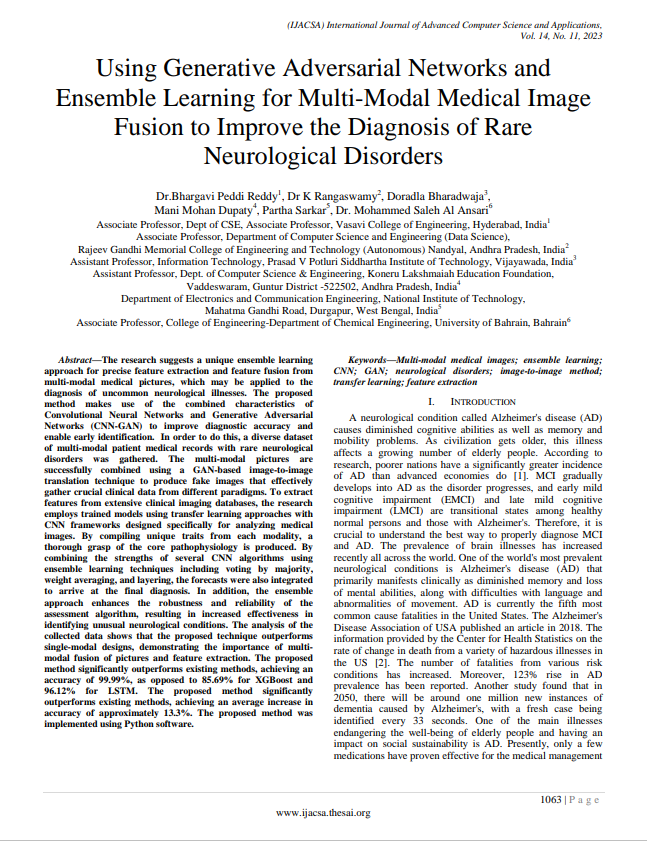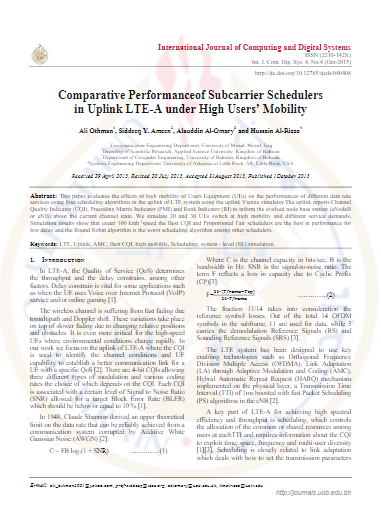وثيقة
Enhancing Electroencephalography Classifications and Decoding Accuracy of Emotion Recognition Using Machine Learning Submitted In Partial Fulfillment of The Requirements For The
وكيل مرتبط
Mattar, Ebrahim , مشرف الرسالة العلمية
تاريخ النشر
2023
اللغة
الأنجليزية
مدى
[1]، 18، 196، [1] pages
الموضوع
مكان المؤسسة
Sakhir, Bahrain
نوع الرسالة الجامعية
Thesis (BHD)
الجهه المانحه
University of Bahrain College of Engineering Department of Electrical and Electronics Engineering
الملخص الإنجليزي
Abstract:
This thesis explores various machine learning and deep learning
methods for building real-time emotion recognition systems based
on Electroencephalogram (EEG) signals. We aim to enhance the
classification and decoding of EEG signals at a large scale and to
bridge the gap between basic EEG research and real-world
applications. We use some of the most popular EEG datasets for
emotions and investigate how the data randomization affects the
results. We also propose a novel adaptive channel selection
method that uses different filtering techniques and recursive
performance ranking with transfer learning to find the top-N
ranked channels. We introduce a new feature extraction and
selection approach that uses transfer learning to overcome
overfitting problems caused by using local data. We divide
features into centralized and non-centralized groups, where the
centralized ones are more accurate but more resource-intensive.
We compare several supervised and unsupervised classification
methods, such as Decision Tree, Nearest Neighbor, Support
Vector Machine, Naive Bayes, Hierarchical Clustering, and K-
mean Clustering. We also evaluate several deep learning methods,
such as artificial and deep neural networks. We design our model
to have simple convolutions that work well with small samples
and to have consistent input and output formats for real-time
knowledge transfer and weight forwarding. We leverage the
power of Convolutional Neural Networks (CNN) and Recurrent
Neural Networks for automatic feature extraction and selection in
both centralized and decentralized models. These models can
handle different input data formats depending on the available
resources and the decision constraints, leading to different levels
of accuracy and performance. In summary, we develop and test a
robust emotion recognition solution that can utilize modern
application architecture, large data flow, and communication
capabilities of different network components. This opens up new
possibilities for research that is relevant to industry.
المجموعة
المعرف
https://digitalrepository.uob.edu.bh/id/3445d125-1b18-42a0-9a10-34675b539e36
مواد أخرى لنفس الموضوع


